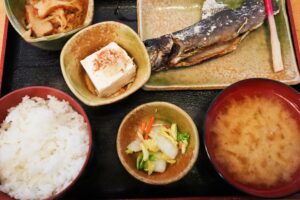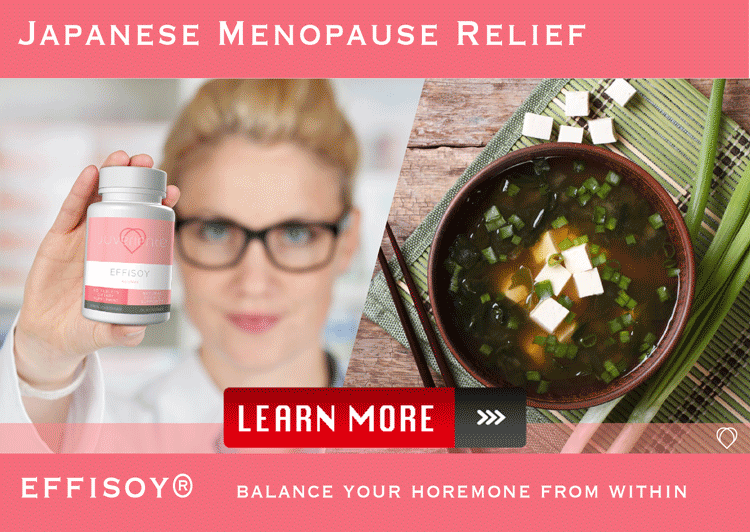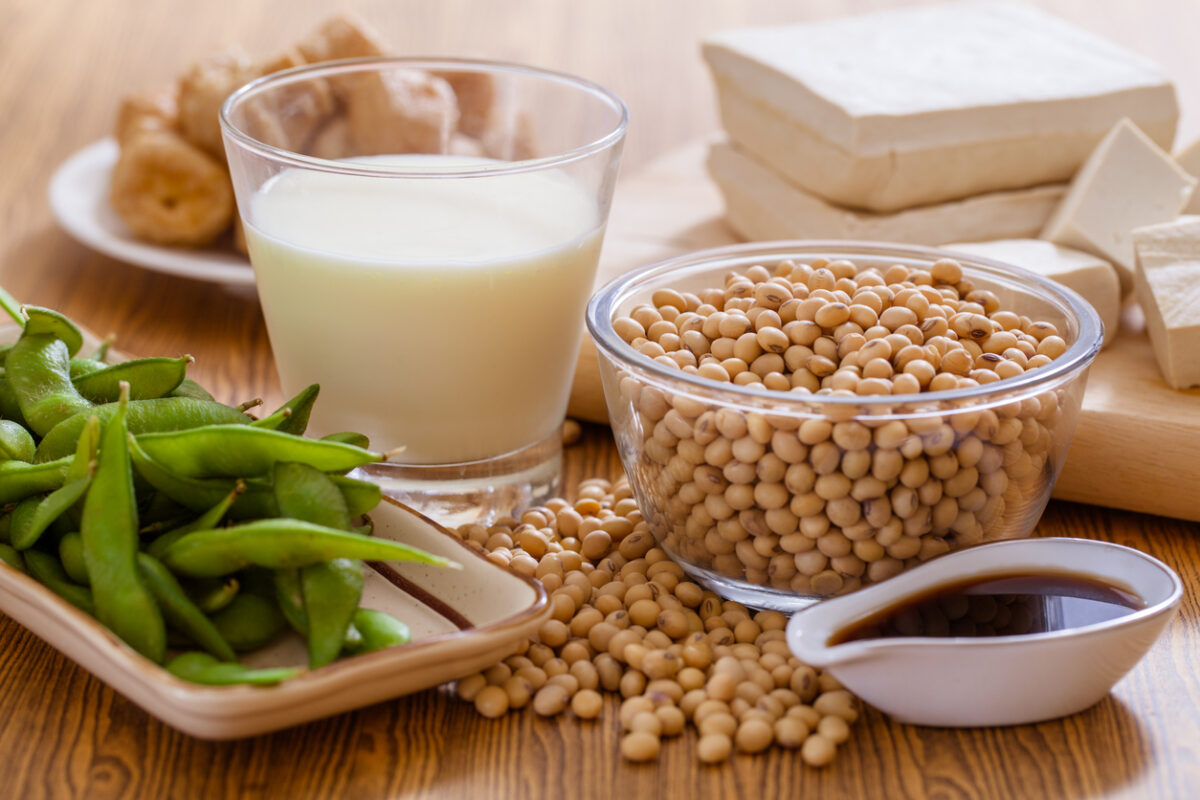In recent times, soy-based products have been surging in popularity within Western countries, hailed as health-conscious food choices. However, it’s true that soy hasn’t traditionally been a cornerstone of Western dietary cultures. This may lead some to ponder: ‘Are soy-based products genuinely healthy?’ Today, we’re going to peel back the layers and uncover the secrets of soy foods.
Take a Look at the Japanese Dining Table
Soy Based Products are staples for Healthy Japanese People
Let me start by giving you the answer upfront: ‘Yes.’
The reason why I can declare so is simple and clear. Just take a look at the Japanese dining table. A major portion of the traditional Japanese diet consists of soy-based products and it is no secret that Japan has one of the highest life-expectancy rates in the world.
Japanese dietary sceneries with their staple, Soy Foods
Soybeans are used in a variety of forms in Japanese cuisine – tofu, miso, soy sauce, natto, edamame, etc. Let’s take a look at typical Japanese meals;
Breakfast: Rice, Miso (fermented soy) soup with Tofu (soy) or Oage (soy), Natto (half fermented soy), fish or egg, etc with Soy sauce (soy)
Dinner (evening drink): Beer, Edamame (green soy), cold Tofu (soy) with Soy sauce (soy)
 They are rich in protein, fiber, and contain numerous other vital nutrients. Scientific studies have found that soy has the potential to lower the risk of heart disease and certain types of cancer, and improve bone health. So, there is no doubt that soy-based products are indeed healthy.
They are rich in protein, fiber, and contain numerous other vital nutrients. Scientific studies have found that soy has the potential to lower the risk of heart disease and certain types of cancer, and improve bone health. So, there is no doubt that soy-based products are indeed healthy.
Why Do Japanese People Eat So Much Soy Foods?
Per Capita Exceptional Soy Consumption in Japan
Several countries in East Asia consume soy-based products, but Japan stands out as the leader with the highest per capita soy consumption for both dietary and culinary purposes, making it the world’s top consumer of soy products.
The historical background of the widespread consumption of soy products in Japan is quite fascinating.
The Origin of the Soy’s Dietary Consumption in Japan
It’s thought that soybeans were introduced to Japan in the Yayoi period (300 BC to 300 AD) where they were primarily used as a green manure crop.

The development of flavorful ways to consume soybeans as a protein source can be traced back to the period from the 10th to the 12th century in Zen Buddhist temples. During this time, meat consumption was prohibited as part of religious precepts, leading to the exploration of delicious methods for incorporating soybeans into the diet.
Spread Across Japan
During the Edo period (A.D.1603 – 1868), the Shogun Administration used Buddhism as a means of governing the populace, and at one point, Buddhist precepts, including the temporary prohibition of meat consumption, were applied to the general population. Concurrently, advancements in fermentation techniques led to the development of tasty methods for incorporating soybeans into the diet. As a result of these factors, soy-based cuisine became widely embraced among the citizens of the country.
Since then, soy has always been a staple of Japanese people and they enjoy all the health benefits of soy foods.
Health Benefits of Soy Based Products
In Japan, soy-based cuisine has become a dietary norm due to historical circumstances, but there is no reason why other regions shouldn’t consider incorporating it into their diets for the sake of health.
The key points at which soy contributes to health are as follows:
Soy is a rich botanical source of protein.
You take protein with lower fat and calories. In addition, recent studies have indicated that simultaneous consumption of plant-based and animal-based proteins during protein intake can lead to more efficient absorption.
Beneficial for Heart Health
Soy foods are also high in fiber, low in saturated fats, and cholesterol-free, making them beneficial for heart health.
A Great Source of Vitamins and Minerals
They are a great source of vitamins and minerals, such as Vitamin K, riboflavin, folate, potassium, and magnesium.
Isovlabones
Soy contains isoflavone. It is the center of one of our products, Juveriente® Effisoy®, and we can tell you something more profound about it.
You can absorb isoflavone far better from fermented soybeans
than non-fermented soybeans. Isoflavone usually exists bound with sugar of big molecular. Fermentation will cut it out and make isoflavone small enough to absorb. Digestion also does the same, but it’s inefficient, and some people can’t absorb most of it.
Negligible Estrogen-Like Power of Isoflavones
People say that isoflavone is a phytoestrogen or it has a function like estrogen. It’s true. But, the power of its estrogen function is about 1/1,000 to 1/10,000 of the natural estrogen. Almost negligible in front of it.
Protection From Too Much Estrogen Stimulation
When such a weak phytoestrogen sticks to the estrogen receptor, it will prevent too much estrogen from sticking there. The National Cancer Institute of Japan thinks this function protects estrogen receptors from too much stimulation and mitigates breast cancer onset risk. (They mention it in their paper, but it’s just a guess, and they have never confirmed it analytically.)
How do isoflavones balance hormones, fight anti-aging, and mitigate menopause disorders?
The study by the manufacturer of the isoflavones from soybean germ, branded as AglyMax®, found that it helps normalize the weakened synthesis ability of DHEA, a hormone precursor, under the body’s natural adjustment. The recovery of the hormone precursor balances hormones, not only estrogen but also every essential hormone for each person.
Soy Based Products Available in the Western Countries
Here are some common soy-based foods you can easily find in the Western Countries:
1. Soy Milk: It’s a popular dairy milk alternative. Comes in several flavors and is often fortified with calcium and vitamin D.
2. Tofu: It’s a soybean curd that is high in protein and can be cooked in various ways.
3. Tempeh (from Indonesia): It’s a fermented soybean product, has a nutty taste and a firmer texture than tofu.
4. Edamame: These are immature soybeans, often steamed and served as a snack or added into salads and stews.
5. Soy Nuts: These are roasted soybeans that make a crunchy, nutritious snack.
6. Soy Protein Powder: Often used in smoothies and protein bars.
7. Miso: A fermented soybean paste used in soups and sauces.
A Natural Supplement from Fermented Soybean Germ
There are numerous isoflavone supplements available in the market, but most of them are extracted from non-fermented soybeans.
Juveriente®’s Effisoy, launched in 2016, based on fermented soy bean germ extract has been loved as a natural menopause relief since its launching in 2016.
Its primary function is to boost the weakened synthesis of a hormone precursor, DHEA. It’s safe as it only heals the natural synthesis function. The hormone boost doesn’t provide the only relief from menopausal symptoms. But, it also supports various aging and hormonal imbalance issues and including insomnia.
Here are some of the real product reviews in our Amazon shop.
“Restful sleep finally!!”, “I Am Now Free of Hot Flashes!!”, “Lifesaver”






